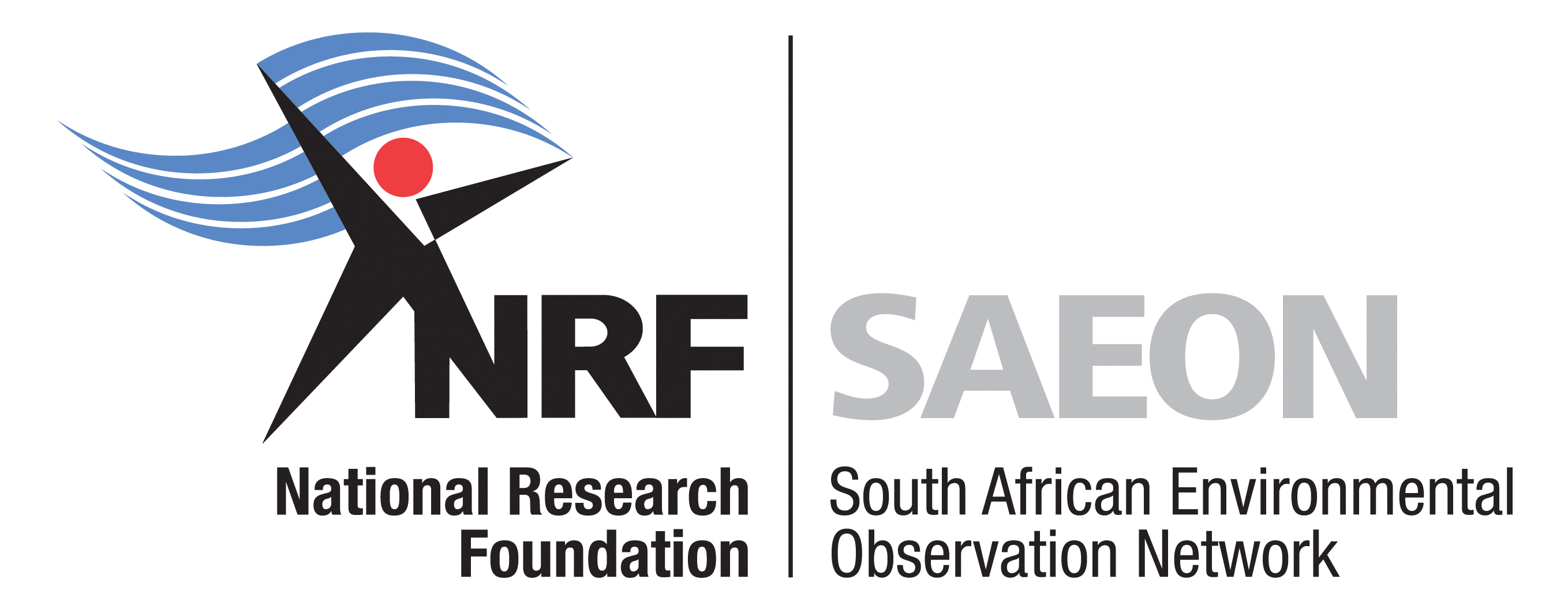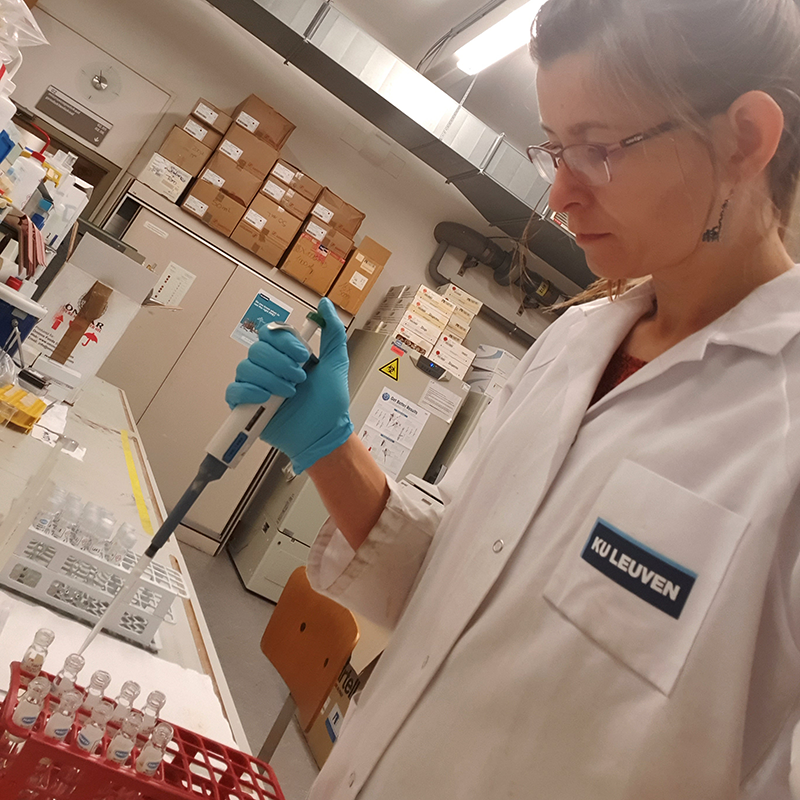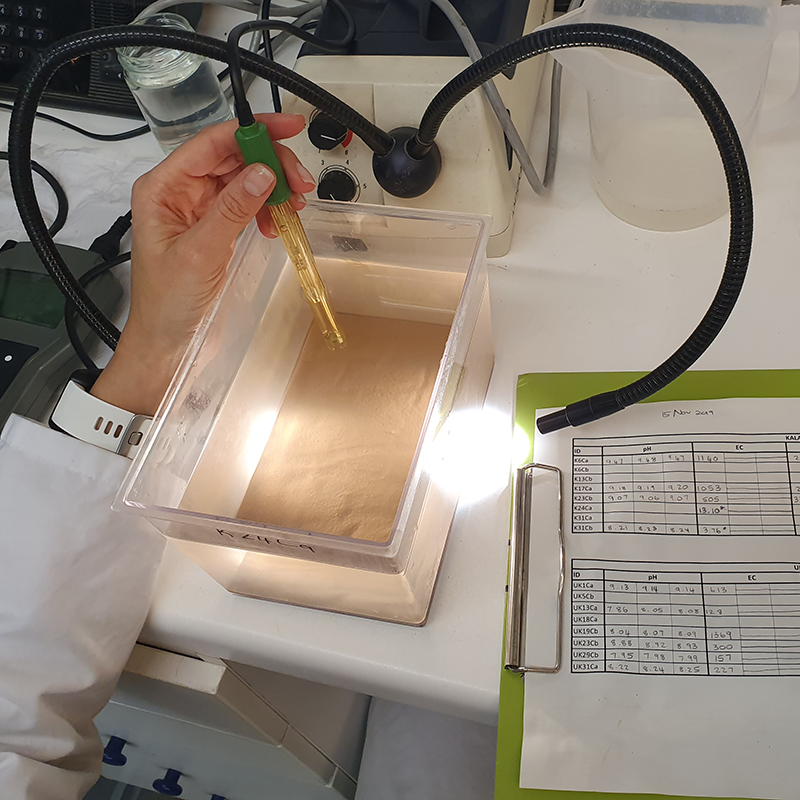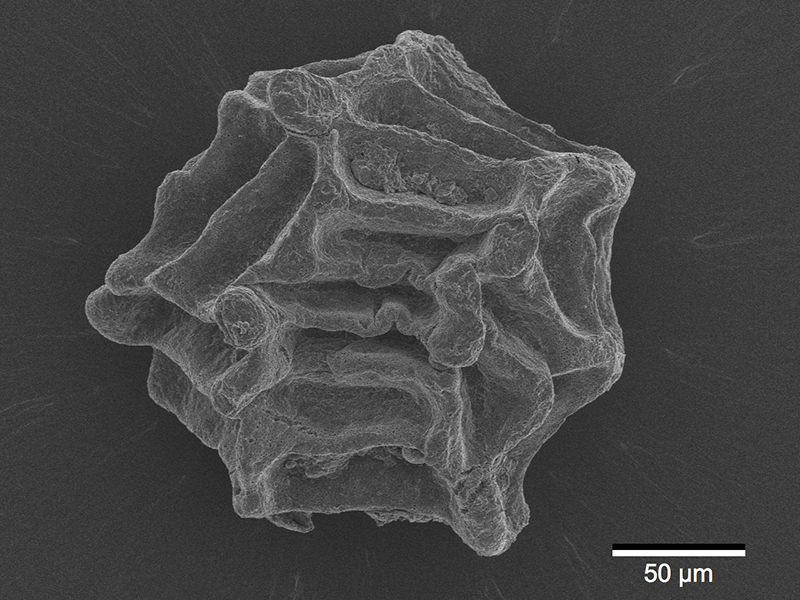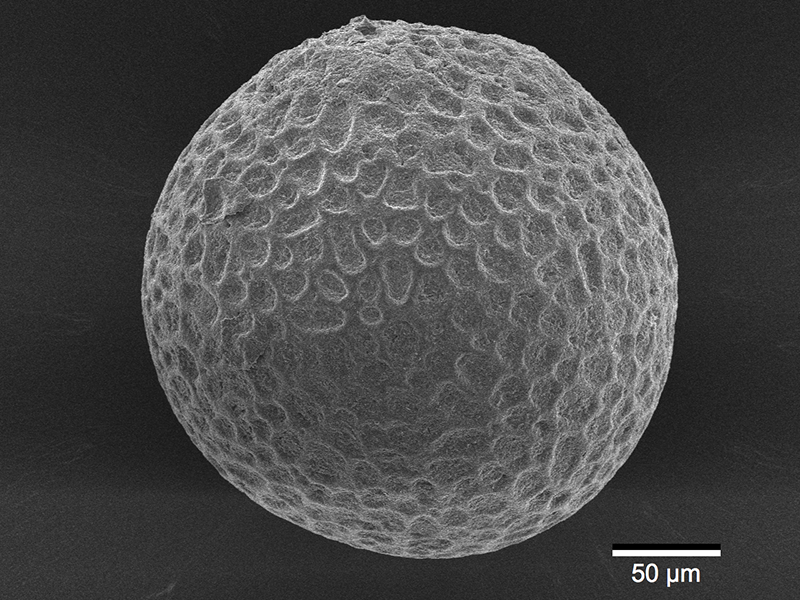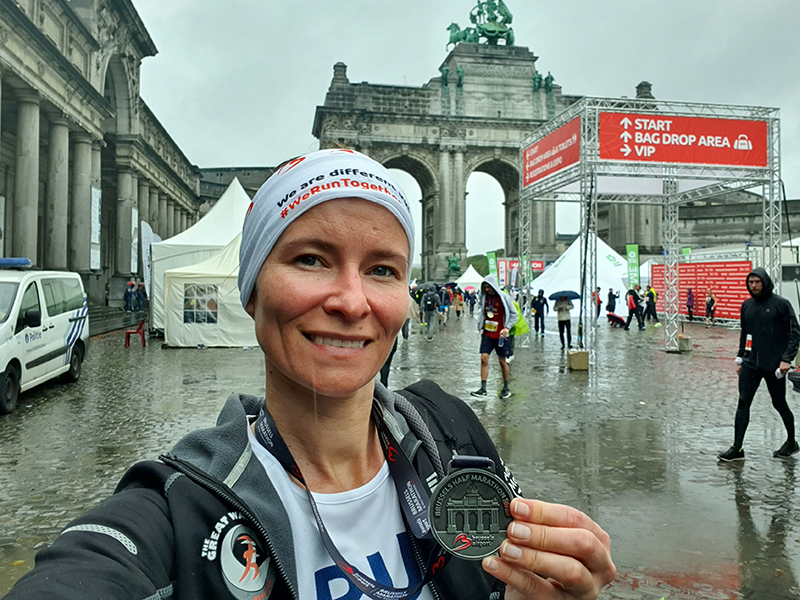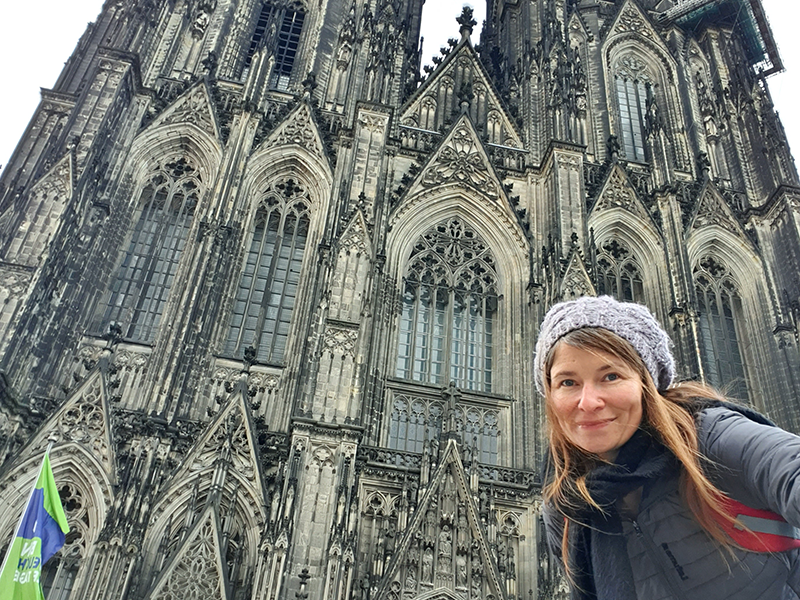eNews
#05 2023
Long-term observations enhance knowledge impact as SAEON extends historic measurements
By Susan Janse Van Rensburg and Michelle Warburton, Grasslands-Forests-Wetlands Node
Things seem to be warming up. In 2012, SAEON started refurbishing the historic (1951–1980) Cathedral Peak research catchments in the uKhahlamba Drakensberg Park, starting with the Mike’s Pass weather station. Every year since recoding resumed, temperature anomalies have been warmer than the long-term average. The monthly deviation from the historical mean monthly value is 0.98 °C warmer on average. This appears to indicate considerable and directional warming in the catchments relative to the past.
Hatching experiments in progress using temperature- and light-controlled incubators with oxygenation
Betsie performing nutrient analyses on Nitrogen and Phosphorus
Measuring basic water-quality variables from a hatching container
Preparations done for the first batch of hatching experiments
Triops granarius extracted from a hatching container to avoid predation of other hatchlings
SAEON data also provide evidence that heat waves in the region appear to be on the increase. This has implications for agriculture and subsistence farmers. In striving to enhance SAEON’s societal impact, the Grasslands Node have been collaborating with the Mahlathini Development in an engaged action-based research project funded by the Water Research Commission (WRC) titled Towards Sustainable and Equitable Management of Water Resources: Understanding the Interlinkages between Water, Ecosystems and Society through Spatial Mapping of Ecosystem Services and Livelihood Benefits.
Through this project, the use of conservation agriculture was demonstrated to lessen the impact of heat wave occurrences on crop stress. The tangible impact for communities was to see that, despite more shocks such as heat waves, the way in which they farm (see insert below) can reduce the negative impacts of such events.
Disentangling natural variability from human-induced directional change is a central aim of SAEON’s research. Doing so requires long-term observations. The longer the period for which data is collected, the more valuable it becomes for assessing change. Patience and a long-term funding investment plan are required.
The Cathedral Peak research catchments were specifically selected as a focal SAEON site to capitalise on the intensive historical observations dating back to 1946 and extending these into the future. Strong policy influence, and consequently enhanced societal impact, emanated from the historic research work at these catchments, where the negative impacts of afforestation on South Africa’s water resources had clearly been demonstrated. The net result was policy uptake through the afforestation permit system of 1968, which is still in place today, contributing to enhanced water security for society. Now we are using that same historic data, coupled with extending contemporary observations, to investigate new challenges to society. As a result, these catchments are poised to continue to yield evidence-based action and policy-relevant knowledge for a better society.
Example of eggs photographed using a scanning electron microscope
Historically, several catchments were planted with pine to determine the impact of afforestation on streamflow. Results were definitive and influenced policy and the Water Act.
Scientists (IPPC) and economists (World Economic Forum) agree that climate change, with the expected increases in extremes, pose a significant threat to lives and livelihoods. In our water-scarce South Africa, these impacts on water security are (should be) of paramount concern. Water availability helps drive economic prosperity. Lack thereof not only cripples economic growth but imperils human well-being and livelihoods. Accepting the reality of the “generic impacts” of climate change, such as “expect more extreme droughts and floods”, is not always sufficient to inform specific responses at local scales, nor provide sufficient evidence to influence policy to mitigate risks.
Likewise, simply tracking changes in water resources is not in itself useful. For knowledge to be sufficiently beneficial to society, it needs to illuminate the processes and dynamics behind observed changes in water resources. If these are understood, effective leverage points for land management actions and policy interventions can be identified for mitigation and adaptation.
Resolving relative impacts of climate, land-use and land-cover change, as well as the interlinking processes between these, requires an integrated research approach. An advantage of the Cathedral Peak research catchments, situated within one of South Africa’s most important strategic water source areas, is the relatively pristine nature of several of the research catchments. This provides the opportunity to detect and attribute specific climate change-related signature impacts, without being confounded by human-induced land-use impacts on water quality and quantity.
When the Grasslands Node started in 2011, four of the “pristine” fire climax mesic grassland catchments were prioritised for refurbishment. We adopted an integrated approach to investigate how the energy balance, natural biodiversity template, carbon dynamics and meteorological processes, among other things, are interacting and how changes in climate may be affecting these dynamics, leading to a net impact on water quantity and quality.
However, early engagement with our stakeholders in the development of the platform resulted in the consensus to harness the opportunity of including additional research catchments representing alternative management scenarios. These included a “degraded” catchment which had previously been afforested with exotic pine trees, as well as a catchment where fire is intentionally, albeit not always successfully, excluded. These carbon-rich mesic grasslands are designed to burn!
relative to the long-term record, as well as improving our understanding of the interplay between carbon dynamics, energy balance, biodiversity and these effects on moderating streamflow. Resolving these processes assists in changes in water quality and quantity being detected and interpreted.
By including the previously afforested catchment (considered degraded) as well as the fire exclusion catchment typified by woody encroachment, a burgeoning number of studies involving multiple institutions are taking advantage of the comparative value of these different land management scenarios. Consequently, knowledge being generated is starting to reveal how land management scenarios alter processes relative to the “pristine benchmark” and associated water resources emanating from this vital water source area.
For example, SAEON is measuring the evapotranspiration (ET) over the three land management scenarios – Near pristine grassland, Degraded (typified by bracken fern vegetation) and fire exclusion (typified by (woody encroachment). We are using the surface renewal methodology in the degraded and woody encroached catchments, and the eddy covariance (EC) techniques in the grassland. We have looked at the comparability of these methods, and published a paper showing that the cheaper surface renewal method is comparable to the expensive EC method for ET measurements in the mesic climate of Cathedral Peak.
A seasonal pattern in the ET is evident for all three land covers. During the summer months the ET over the three land covers is comparable, except in the drier years when the ET from the grassland is lower than that from the bracken and woody species. For example, during the summer of 2019/2020 the ET over the grassland was lower than the bracken and woody species ET. Transitioning from summer to winter, the bracken and woody species continue to transpire at a higher rate than the grassland for longer, and they maintain a higher ET throughout winter. The woody species transpire the most during the core winter months.
These differences translate ultimately to different impacts on streamflow. The more transpiration, the less water available for streamflow. A direct policy implication related to this is that intact grasslands should be protected, and woody encroachment and afforestation in mesic grasslands should be avoided at all costs.
In conjunction to this, carbon studies by PhD candidate Lindo Dlamini are revealing the impact of these different land management scenarios on carbon dynamics. These in turn also impact on hydrological processes because of how carbon influences infiltration and storage of water. Results are indicating how important and more effective grasslands are as carbon stores.
These are just some examples of how SAEON’s long-term observations from the Cathedral Peak long-term research platform, building on influential historic research, are starting to bear fruit. The return on continued investment to run the platform will keep increasing with time, enabling us to address critical issues for society.
“We cannot do it without our technicians.” ~ Dr Clifford Nxomani
There is no doubt that the new knowledge being gained through integrated research on this platform will continue to provide influential policy-relevant information, while also having societal impact through informing local actions. However, to maintain these long-term observations takes resources, the most important of which is human resources in the form our dedicated technicians.
Kent Lawrence is the SAEON Grasslands Node technician who has been responsible for developing and maintaining the instrumentation network at Cathedral Peak and facilitating visiting researcher projects. Likewise, Paul Gordjin maintains long-term biodiversity trials which are revealing exciting information about the links between biodiversity and above- and below-ground processes, among other aspects. In the Grassland Node’s second site in the Maputaland Coastal Plain, Siphiwe Mfeka single- handily oversees all community liaison and maintains all the instruments on the platform.
It was thus heartening to hear Dr Clifford Nxomani acknowledge the role that SAEON’s technical team plays in enabling science for society during a recent visit, and how we simply cannot do without them. They are our backbone. Every single month, spending days in the field under challenging conditions, ensuring high-quality continuous data flows. This requires endurance and commitment, and we take this opportunity salute our team for their sterling work.
Betsie after completing the 16th edition of the Brussels Airport Half Marathon in soft autumn rain
The Kölner Dom in Germany, one of many fascinating cathedrals in Europe. It is built from sandstone, which reacts with the sulphuric acid in rain and gives the walls their black appearance.
Classic homemade Belgian waffles are traditionally eaten without any toppings. These were a farewell gift from the secretary (Conny Coeckelberghs) at the lab, but they lasted only a week upon my return.
From WRC report “TOWARDS SUSTAINABLE AND EQUITABLE MANAGEMENT OF WATER RESOURCES: UNDERSTANDING THE INTERLINKAGES BETWEEN WATER, ECOSYSTEMS AND SOCIETY THROUGH SPATIAL MAPPING OF ECOSYSTEM SERVICES AND LIVELIHOOD BENEFITS”
IMPACT OF HEAT WAVES ON CROP PRODUCTION, STULWANE, BERGVILLE
(The SAEON Grasslands Node is collaborating on this engaged research WRC project)
In January 2023, a heat wave lasting six days was recorded at SAEON Mike’s Pass weather station. The heat wave was broken with one day falling below the South African Weather Service (SAWS) definition of 5 °C warmer than the mean maximum temperature of the hottest month of the year. This was followed by a four-day heat wave.
The Mahlathini Development Foundation (MDF) have been working with villages in the Northern Drakensberg for several years, encouraging and tracking the influence of conservation agriculture on crop production. Reflections on the influence of the January 2023 heat wave on crop production were noted by the MDF team for the area of Stulwane (located about 20 km from the town of Winterton).
By late January, most participants in the MDF maize programme were encountering signs of drought stress. A few of the lead farmers, such as Phumelele Hlongwane in Ezibomvini, however, were spared and their crops remained vibrant. The two photographs below were both taken on 24 January 2023 after the two heat waves. The homesteads of Cabangani Hlongwane and Phumelele Hlongwane are right next to each other, and their fields are separated by no more than 50 metres.
Although both these farmers have been practicing conservation agriculture since 2014, the sites have quite different soil characteristics (some innate and some due to the farmers’ management strategies), which is likely to be responsible for the difference in the performance of the crops. Phumelele’s fields have a higher clay percentage (43% versus 27% for Cabanagani), N% (0.19 versus 0.15), organic carbon (2% versus 1.6%) and pH (5.1 versus 4.9).
This set of photographs demonstrates that conservation agriculture improves the capacity of crops to perform well even under mid-season dry spells, which are likely to become more common as we experience the impacts of climate change, but only if all three principles of minimum tillage, increased soil cover and crop diversification are diligently followed.
